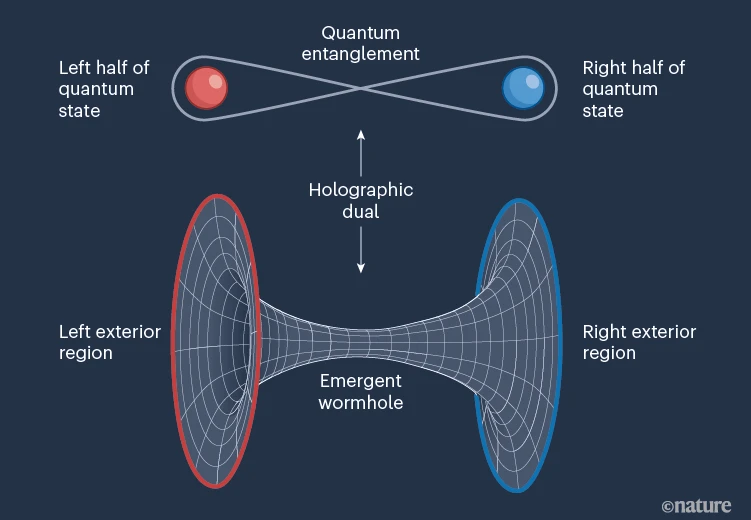(1) A way of reconciling Maxwell's electromagnetism theory with the motion of the Earth.
(2) Combining space and time into a 4-dimensional spacetime with a non-Euclidean geometry, such that the laws of physics respect that geometry.
Version (1) was the view of Lorentz and Einstein (up to 1912 or so), and also FitzGerald, Maxwell, and other pioneers.
Version (2) was the view of Poincare (1915), Minkowski (1907), Grossmann (1913), and Hilbert (1915). Einstein sometimes seemed to eventually adopt the view, but he also denied that geometry had any essential role.
The theory of relativity usually encompasses two interrelated theories by Albert Einstein: special relativity and general relativity, proposed and published in 1905 and 1915, respectively.[1] Special relativity applies to all physical phenomena in the absence of gravity. General relativity explains the law of gravitation and its relation to the forces of nature.[2] It applies to the cosmological and astrophysical realm, including astronomy.[3]The theory transformed theoretical physics and astronomy during the 20th century, superseding a 200-year-old theory of mechanics created primarily by Isaac Newton.[3][4][5] It introduced concepts including 4-dimensional spacetime as a unified entity of space and time, ...
Typical scholarly historical papers are Elie Zahar's Why did Einstein's Programme supercede Lorentz's Part I, and Part II. (Paywalled)
It is a historical fact that Einstein's programme had no significant influence, and it was the Poincare-Minkowski geometric view that superseded Lorentz's in 1908. Einstein's programme was called the Lorentz-Einstein theory, and nobody thought he was saying anything different from Lorentz. Almost no one. Vladimir Varicak credited Einstein with a more geometric view in 1911, but Einstein published a rebuttal, denying any difference from Lorentz.
In today's textbooks, relativity is the covariance of Maxwell's equations and other laws under the symmetries of spacetime, notably Lorentz transformations.
Wikipedia is correct that relativity "introduced concepts including 4-dimensional spacetime as a unified entity of space and time", but Einstein did not introduce that concept, and did not accept it in 1908 when everyone else did. It is not clear that he ever completely accepted it, as he denied the importance of geometry.
When I say non-Euclidean geometry, I do not just mean the curvature of general relativity, or the hyperbolic geometry rapidity of special relativity. I mean the geometry that Minkowski so clearly explained in 1907-8, where 4-D spacetime has an indefinite metric and a symmetry group preserving that metric. A geometry is a space with some structure, and a group preserving the structure. For example, see this recent Roger Penrose interview, where he calls it Minkowski geometry. Or see this recent Terry Tao post.
